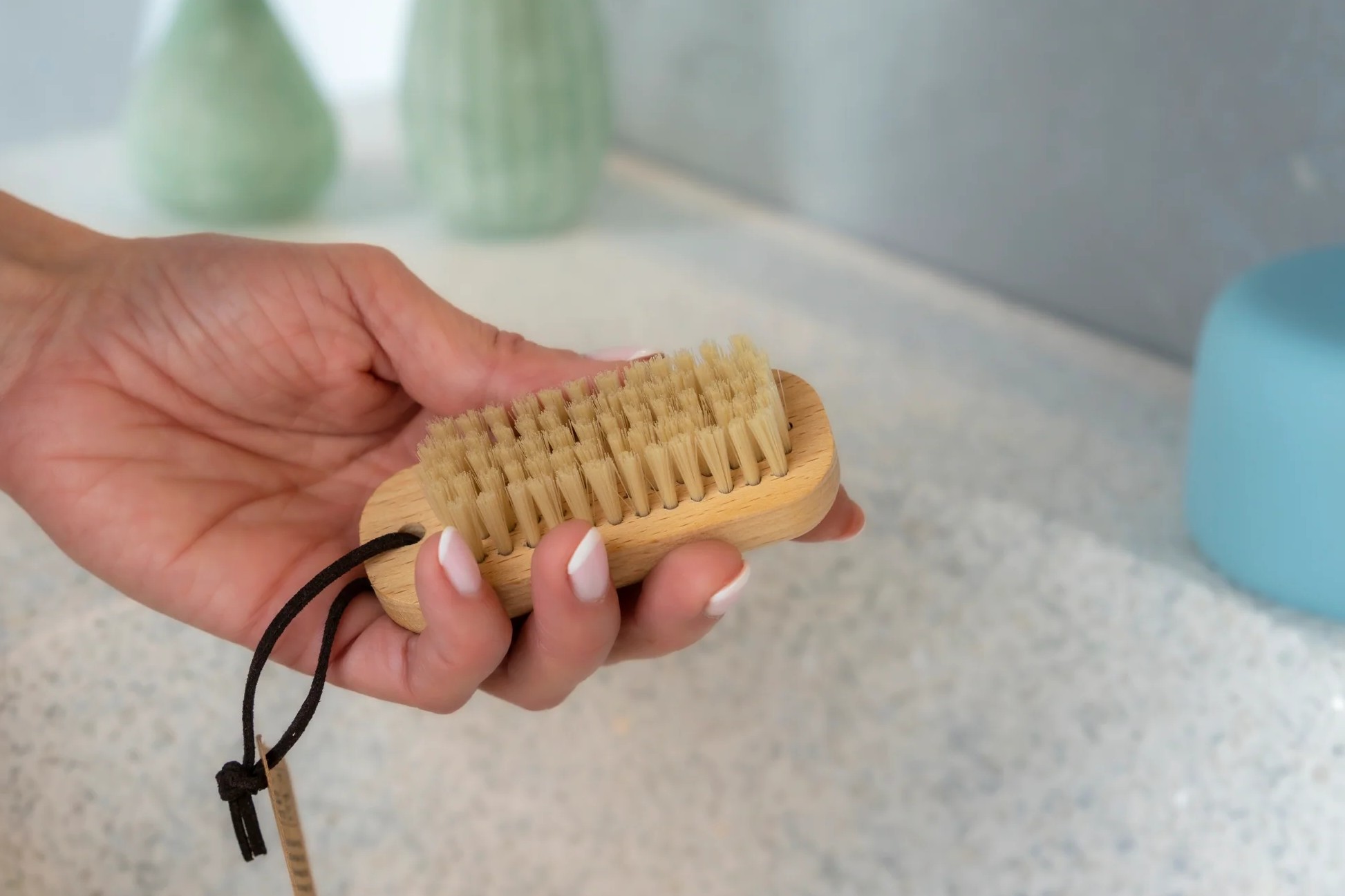
Nailbrushes might seem like simple tools, but they have a fascinating history and many uses beyond just cleaning nails. Did you know that the first nailbrushes date back to the 19th century? These handy tools have evolved over time, becoming essential in both personal hygiene and various professions. From surgeons to gardeners, nailbrushes help keep hands clean and free from harmful bacteria. They come in different shapes, sizes, and materials, catering to various needs and preferences. Whether you're a nail art enthusiast or someone who loves gardening, understanding the importance and versatility of nailbrushes can make a big difference in your daily routine. Ready to learn more? Let's dive into 27 intriguing facts about nailbrushes!
The History of Nailbrushes
Nailbrushes have been around for quite some time, evolving from simple tools to essential grooming items. Let's dive into some fascinating facts about their history.
- Nailbrushes date back to the 19th century when personal hygiene became more emphasized.
- Early nailbrushes were made from natural materials like boar bristles and wood.
- The first patent for a nailbrush was filed in 1850 by an American inventor named Hiram Hutchinson.
- In the Victorian era, nailbrushes were considered a luxury item and often featured intricate designs.
The Anatomy of a Nailbrush
Understanding the parts of a nailbrush can help you choose the best one for your needs. Here are some key components.
- The handle of a nailbrush is typically made from plastic, wood, or metal.
- Bristles can be synthetic or natural, each offering different levels of stiffness.
- Some nailbrushes feature dual-sided bristles for versatile cleaning.
- Ergonomically designed handles provide better grip and control during use.
Uses and Benefits of Nailbrushes
Nailbrushes are not just for cleaning nails; they offer various benefits and uses. Let's explore them.
- Regular use of a nailbrush helps prevent the buildup of dirt and bacteria under the nails.
- Nailbrushes can be used to exfoliate the skin around the nails, promoting healthier cuticles.
- They are essential tools for gardeners and mechanics to remove stubborn grime.
- Nailbrushes can also be used to clean jewelry and other small items.
Nailbrushes in Different Cultures
Nailbrushes are used worldwide, but their design and usage can vary by culture. Here are some interesting cultural facts.
- In Japan, nailbrushes are often included in traditional bath sets.
- European nailbrushes tend to have softer bristles compared to American ones.
- In India, nailbrushes are commonly used in Ayurvedic practices for hand and foot care.
- African countries often use nailbrushes made from locally sourced materials like bamboo.
Environmental Impact of Nailbrushes
With growing environmental concerns, the impact of nailbrushes on the planet is worth noting. Here are some eco-friendly facts.
- Many modern nailbrushes are made from biodegradable materials like bamboo.
- Recycled plastic is increasingly used in the production of nailbrush handles.
- Some companies offer nailbrushes with replaceable heads to reduce waste.
- Eco-friendly nailbrushes often come in minimalistic, recyclable packaging.
Fun and Quirky Facts About Nailbrushes
Nailbrushes can be fun and quirky too! Here are some light-hearted facts to brighten your day.
- Some nailbrushes are designed to look like animals or cartoon characters.
- There are nailbrushes with built-in soap dispensers for added convenience.
- You can find nailbrushes with LED lights for better visibility during cleaning.
- Nailbrushes are sometimes included in luxury gift sets for spa enthusiasts.
Nailbrush Care and Maintenance
Proper care can extend the life of your nailbrush and keep it effective. Here are some tips and facts about maintenance.
- Rinse your nailbrush thoroughly after each use to remove soap and debris.
- Allow your nailbrush to air dry completely to prevent mold and mildew.
- Replace your nailbrush every three to six months for optimal hygiene.
Nailbrush Facts: The Final Word
Nailbrushes, those small yet mighty tools, play a crucial role in personal hygiene. They help keep nails clean, prevent infections, and even contribute to overall health. From their historical origins to modern-day uses, nailbrushes have evolved significantly. Whether made from natural bristles or synthetic materials, each type has its unique benefits. Regular use can make a big difference in maintaining cleanliness and preventing the spread of germs. Remember, a good nailbrush isn't just about aesthetics; it's about health too. So next time you pick up that little brush, know you're doing more than just scrubbing away dirt. You're taking a step towards better hygiene and well-being. Keep those nails clean, and you'll see the benefits in no time. Happy scrubbing!
Was this page helpful?
Our commitment to delivering trustworthy and engaging content is at the heart of what we do. Each fact on our site is contributed by real users like you, bringing a wealth of diverse insights and information. To ensure the highest standards of accuracy and reliability, our dedicated editors meticulously review each submission. This process guarantees that the facts we share are not only fascinating but also credible. Trust in our commitment to quality and authenticity as you explore and learn with us.
